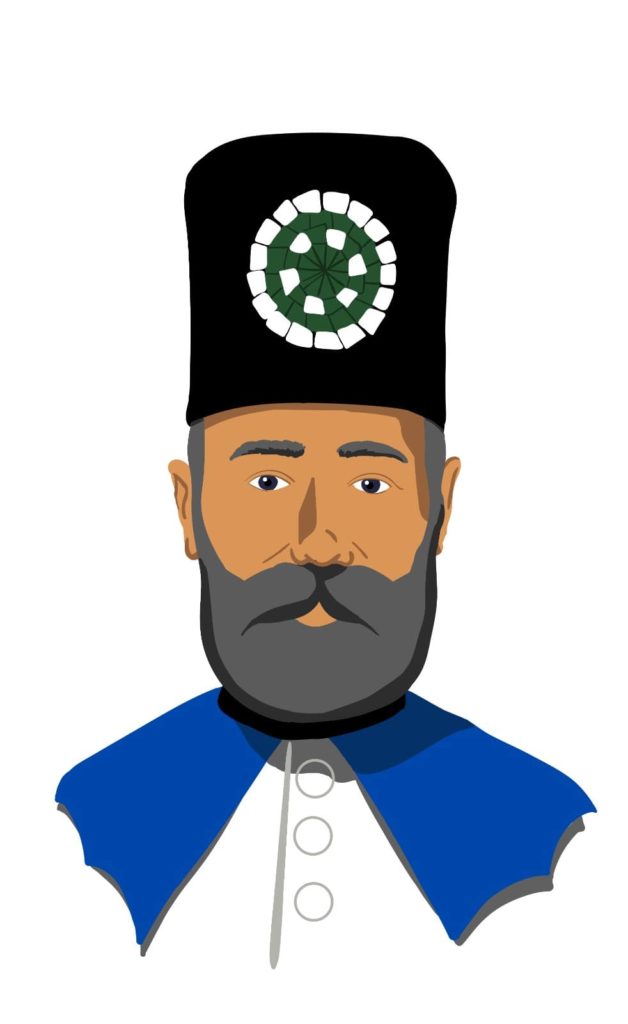Co-author Katerina Ampela
The pillar of the mining society
If you ever visit the Saxon Ore Mountains, you will be surprised by the powerful presence and the strong influence of the mining activity in the landscape of the region. A walk in the picturesque Saxony will suffice to understand the impact of the mining on the tangible and intangible cultural heritage of the area. Thus, it came as no surprise when in 2019 the Ore Mountains region was declared a World Heritage Site by UNESCO. What was unexpected is the establishment of the local mining laws developed in the Middle Ages, the so-called Bergrecht, as a pillar to the evolution of the mining phenomenon. But where the law meets the mines and what is their connection to heritage?

Our story begins in the early 14th century when the first written mining law, titled Freiberg ‘A, is documented. These were customary rules of the mining community established as oral traditions by the previous century that gradually became a system of mining laws. As the mining activity was growing and people were moving to the region, forming mining villages, the need for a set of standards arose. The regulatory context of the law varied from the management of the mine and the miner’s rights to the welfare of the community. The success of this system was the regulation of the worker’s life both above and below the ground, creating a close connection between him and the mining society. Impressive is how such an early legal text is a multilevel set of rules that introduces the notions of competing rights, free mining, and real estate.

For centuries the extraction of precious metals fell under the special rights of the crown. For the first time, the mining law introduced the principle of freedom to mine and challenged the status quo of the time. Every individual, either poor or rich, was free to dig and grant a license to mine in case discovering a vein of ore, irrespective of the owner of the land. The only obligation of the miner was to pay a small compensation to the landowner based on the system of “regal rights”. This permission was a huge step forward for the mining community since it marked its liberation from the serfdom of the feudal system and the miner’s personal freedom. Despite the hard work and the risky working environment, the miners were free men that enjoyed a unique social status with privileges. That is the reason why many people decided to emigrate and work in the region, giving a strong boost to the industry and the local economy.

During the 16th century, the intensity of mining accompanied by the spread of printing led to the first printed version of mining law, the Annaberg code of 1509. The key provisions of the previous mining laws were included in that code. The technological innovations that were first introduced in the Ore Mountains, made the region the centre of mining expertise and the birthplace of mining law. The influential power of the region’s mining industry is apparent in the Norwegian example. Bergkordnung Norwegen, the first mining law in Norway, not only was influenced by German law but was composed based on the German legal text. In fact, the German miners working in Norway, based on the mining model introduced in the Ore Mountains, established this legal framework that then became the main mining law for all of Norway .
The importance of this innovative legal system is attributed to two main reasons. First to the impact of the law on the mining industry and the whole mining reality from then until now, and second to its global influence on the development of other mining areas. A local tradition from the Ore Mountains became the foundation of the modern mining laws from all over the world. The protection of the integrity and continuation of this intangible heritage, as the precedent of our legal system, part of our history, and a pillar in our society, is the only way forward.
XXXXXXXXXXXXXXXXX